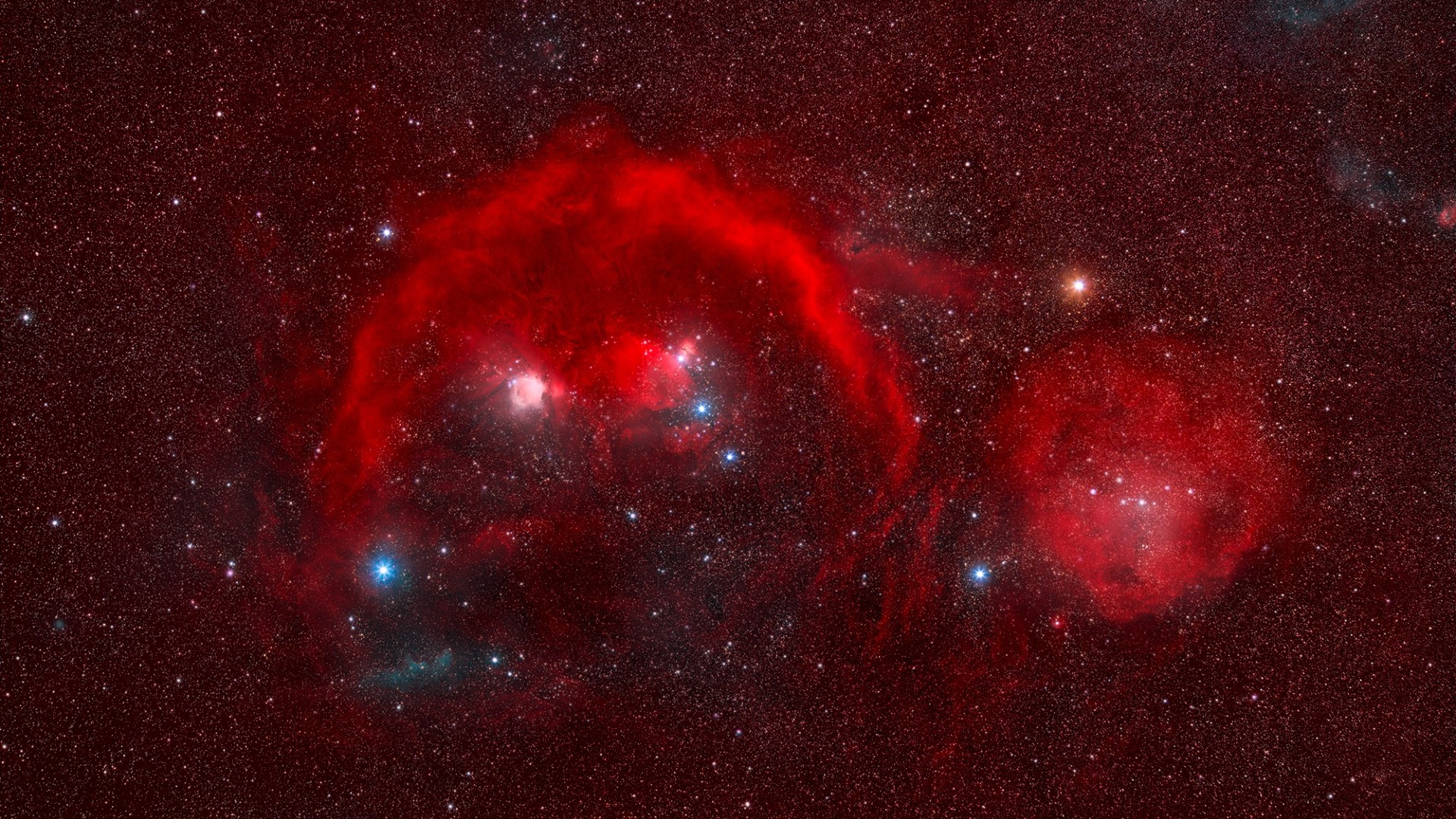Messier's List: Hubble Telescope's Stunning Views of Deep-Sky Objects
M110 in constellation Andromeda
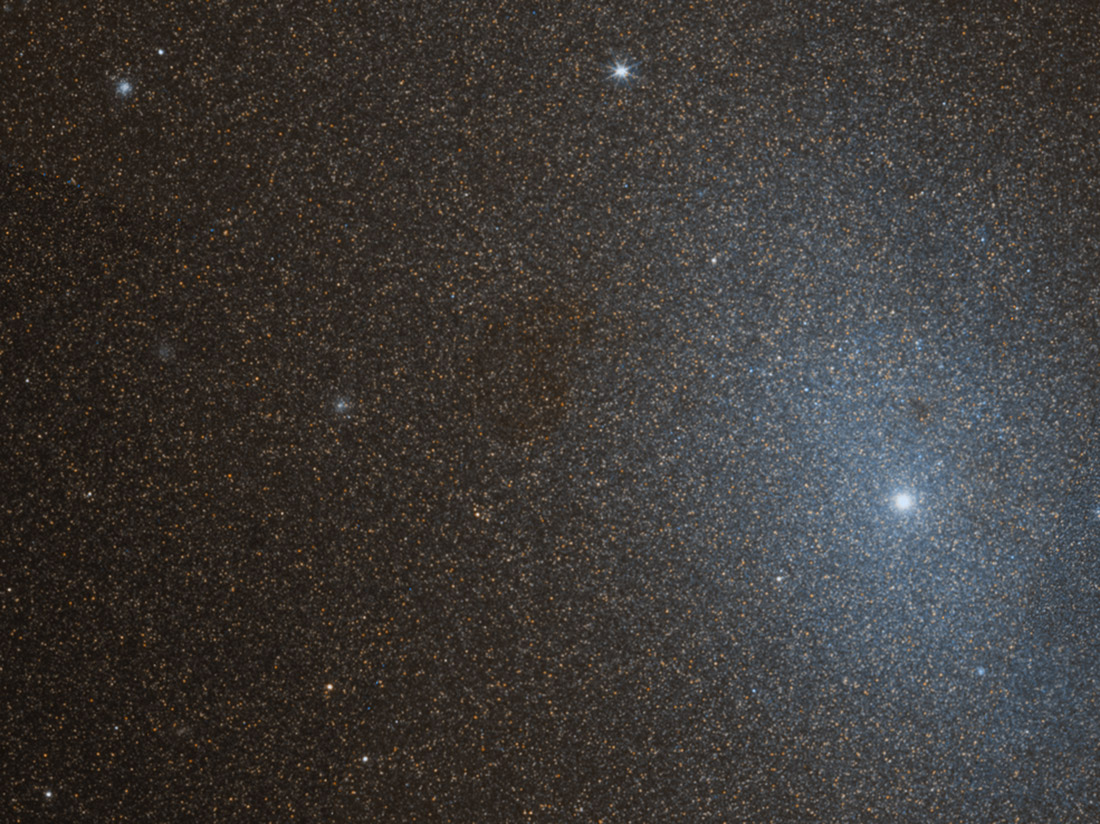
A satellite of the Andromeda galaxy and a member of the Local Group — galaxies closest to the Milky Way — M110 is less than three billion light-years from Earth.
While elliptical galaxies are often "dead" when compared to spiral galaxies, M110 offers evidence of some young blue stars at its core. M110 contains 10 billion stars and at least eight globular clusters.
The best views of M110 are found in November each year.
The Dumbbell Nebula
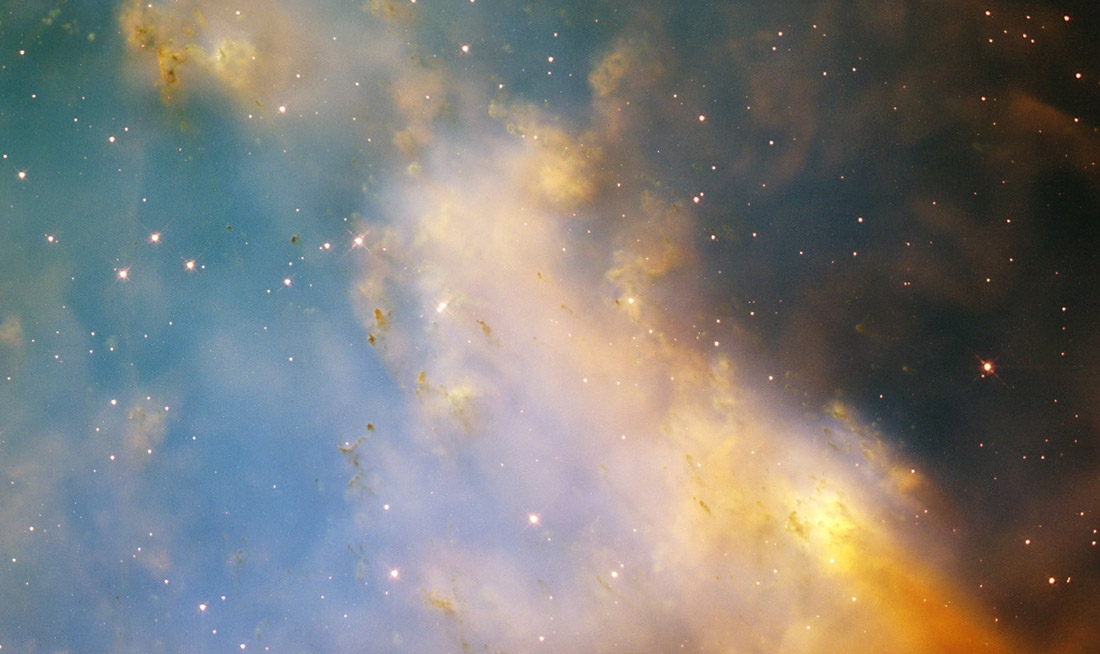
The Hubble Space Telescope has snapped views of 93 deep-sky objects from French astronomer Charles Messier's famous list. Here are some of the most spectacular.
Messier 27, discovered by Messier himself, was the first found planetary nebula. Also known as the Dumbbell Nebula, this mass of gas is an aging star's farewell performance, a colorful display of its outer layers being cast off.
The Miniature Orion Nebula

In 1731, French astronomer Jean-Jacques d'Ortous de Mairan identified Messier 43 as a separate nebula from the Orion Nebula (M42). The two nebulas are part of the Orion Molecular Cloud Complex, a large cosmic nursery, with several other nebulas.
Here the single, huge star at the center of M43 shines. M43 is about 1,600 light-years from Earth.
M81 in Ursa Major
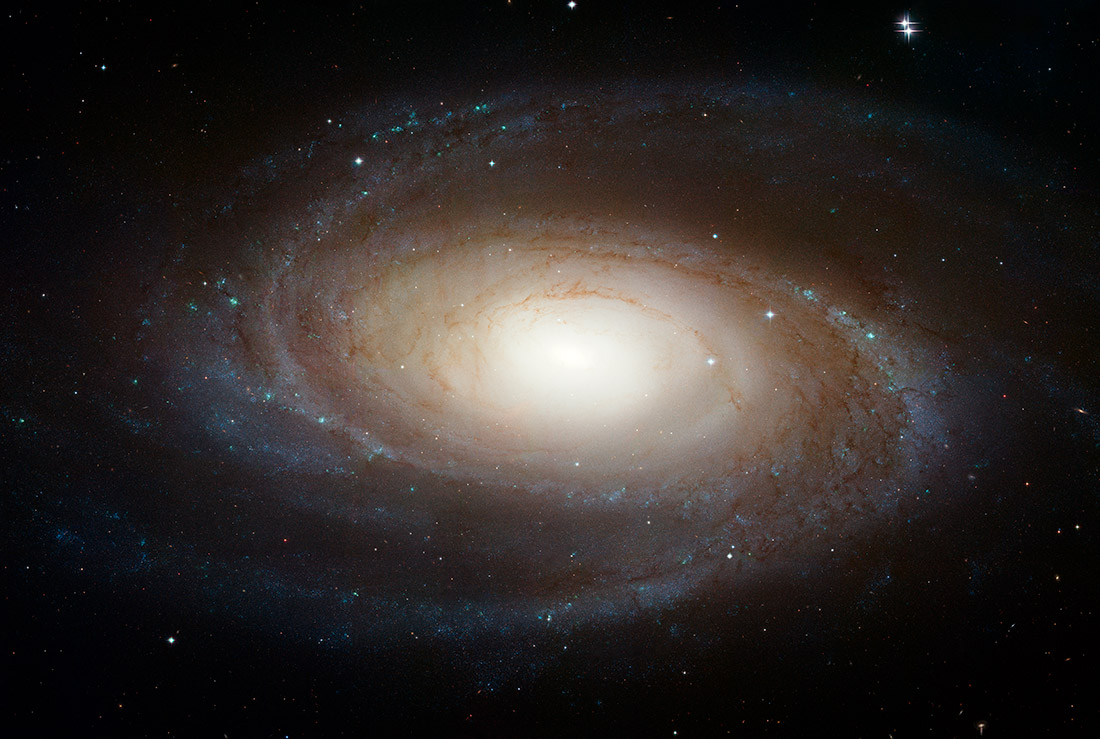
Around 11.6 million light-years from Earth M81 helps make up the constellation Ursa Major. German astronomer Johann Elert Bode discovered M81 in 1774.
Dust lanes and young, hot stars compose M81's arms, and the center contains older stars and a massive black hole.
The Black Eye Galaxy
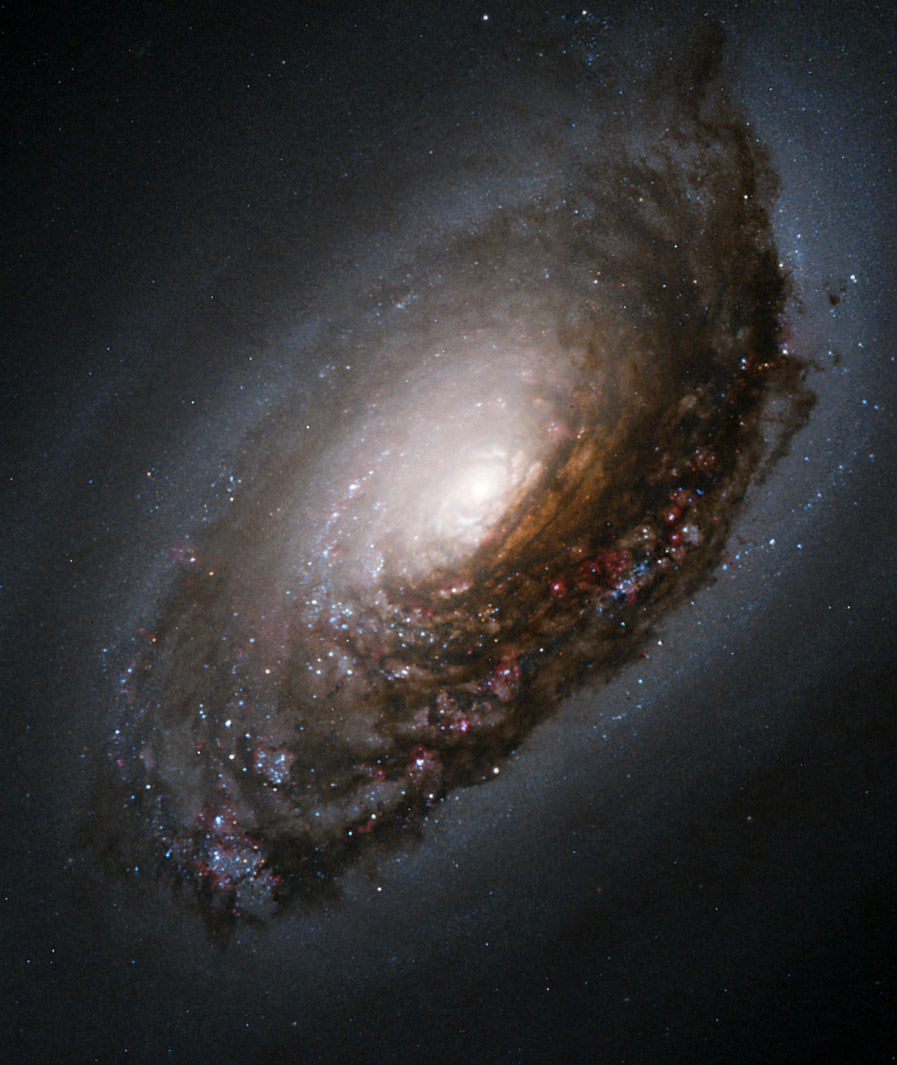
M64 is known for its strange internal motion — the outer sections of the galaxy revolve in an opposite direction from the inner portions. Experts believe the unique dynamics of this object were created by a collision between M64, or the Black Eye Galaxy, and another galaxy long ago.
English astronomer Edward Pigott located M64 in 1779.
Seven Sisters
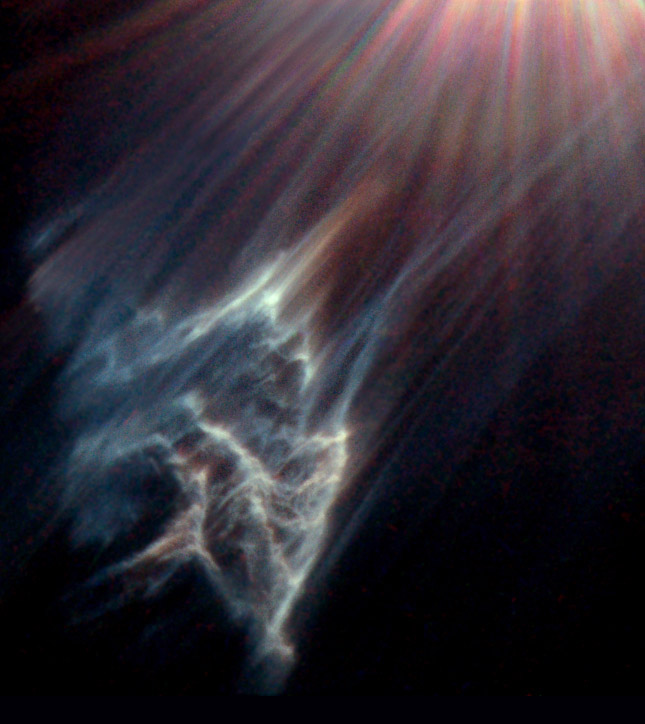
M45 hosts a reflection nebula, created by starlight reflecting off black clouds made of cold gas littered with dust.
M45 is also known as The Pleiades and Seven Sisters; the object is comprised of thousands of stars, but it is dominated by just a few. This view displays dust particles being simultaneously attracted and repelled by Merope, one of the largest stars in the cluster.
The Pinwheel Galaxy
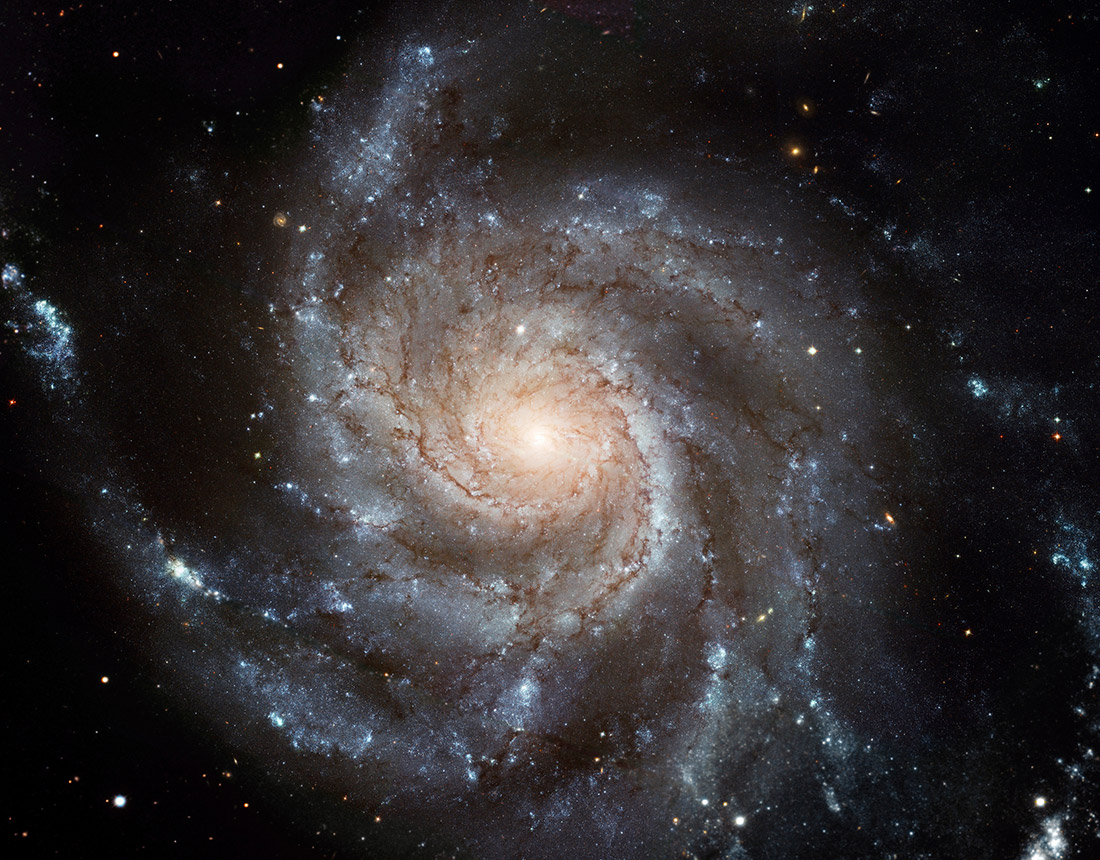
This stunning galaxy was discovered in 1781 by Pierre Méchain. M101, a spiral galaxy nearly twice the size of the Milky Way, is estimated to contain a trillion stars. Throughout the galaxy, star-forming nebulas and clusters of newborn stars are visible.
Breaking space news, the latest updates on rocket launches, skywatching events and more!
M94 in Canes Venatici
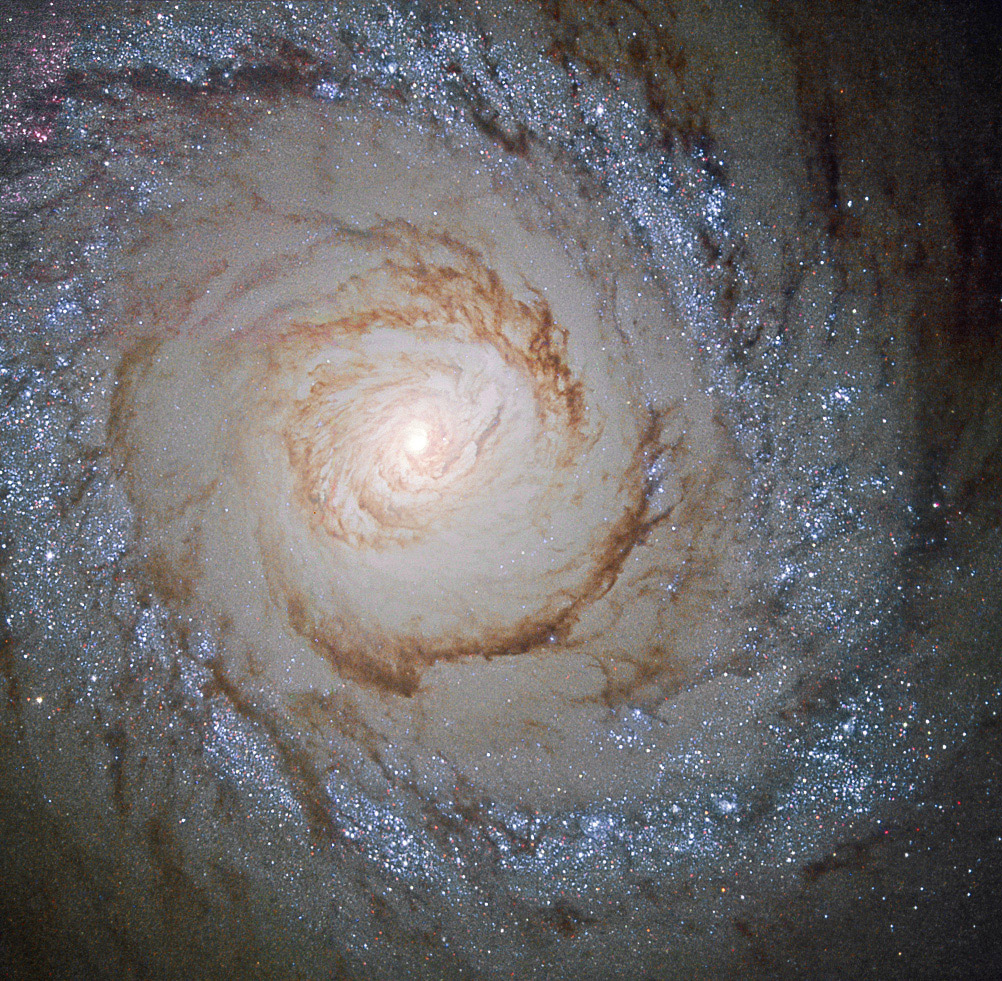
This spiral galaxy has a starburst ring where new stars are forming quickly. Experts believe the ring is caused by a pressure wave emanating from the galactic center.
New discovery of far extending spiral arms changed scientists' understanding of this massive galaxy's true size.
M32 in constellation Andromeda
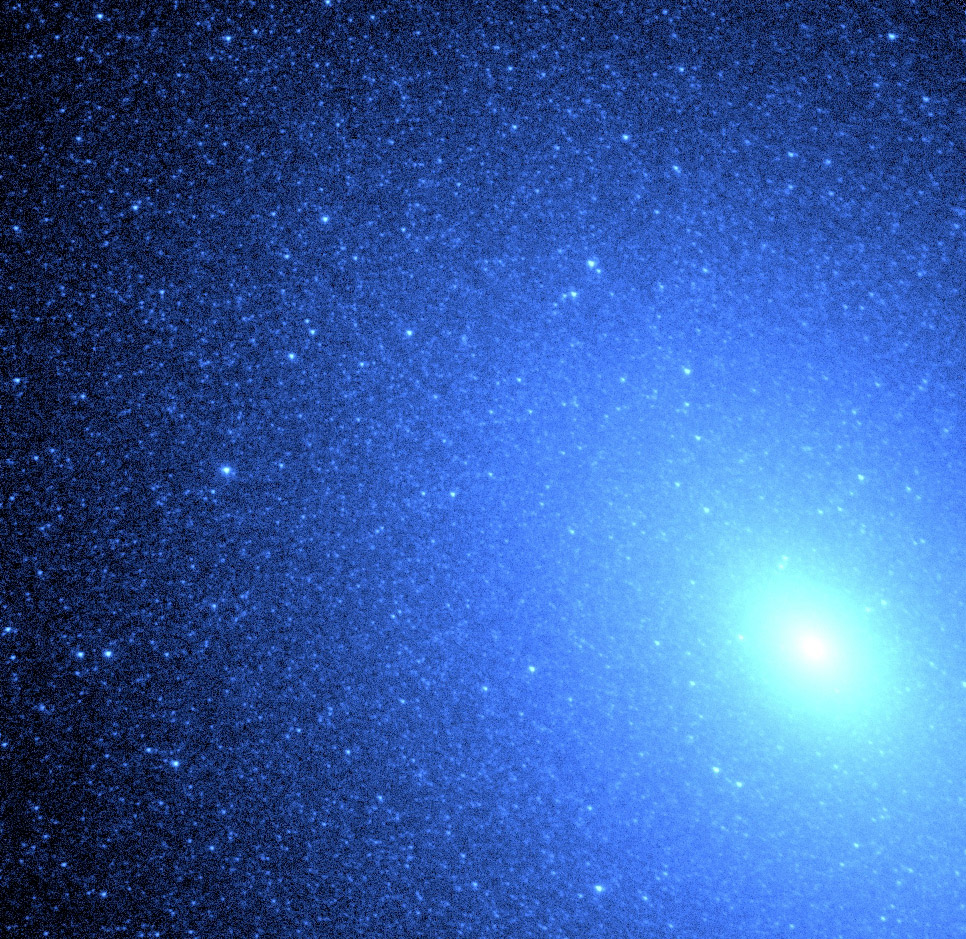
Like a cosmic blizzard, around 8,000 blue stars circle the M32 core, which is 2.5 million light-years from Earth. This galaxy is one of two satellite galaxies of M31, the Andromeda galaxy.
M60 in the Virgo Cluster
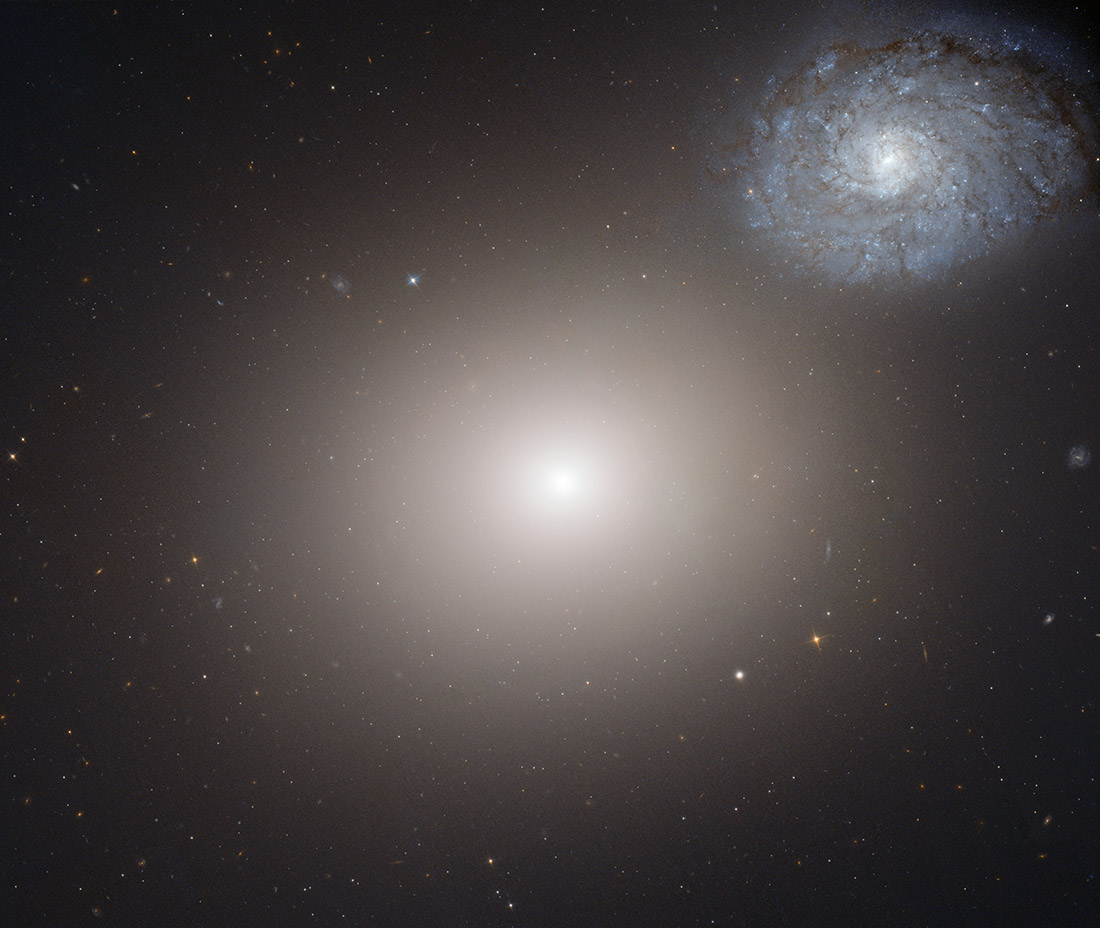
Inside the Virgo cluster, more than 1,300 galaxies glow, with M60 being one of the brightest. M60 is an elliptical galaxy, and it resembles the core of a spiral galaxy.
Join our Space Forums to keep talking space on the latest missions, night sky and more! And if you have a news tip, correction or comment, let us know at: community@space.com.

Christine Lunsford joined the Space.com team in 2010 as a freelance producer and later became a contributing writer, covering astrophotography images, astronomy photos and amazing space galleries and more. During her more than 10 years with Space.com, oversaw the site's monthly skywatching updates and produced overnight features and stories on the latest space discoveries. She enjoys learning about subjects of all kinds.
